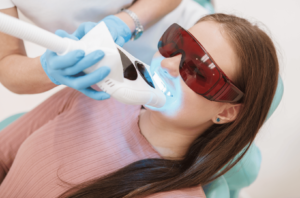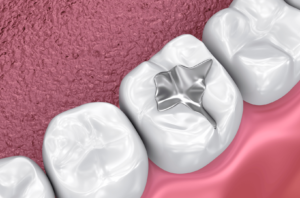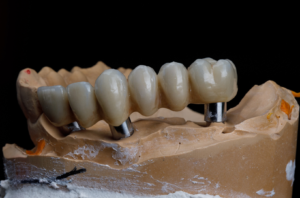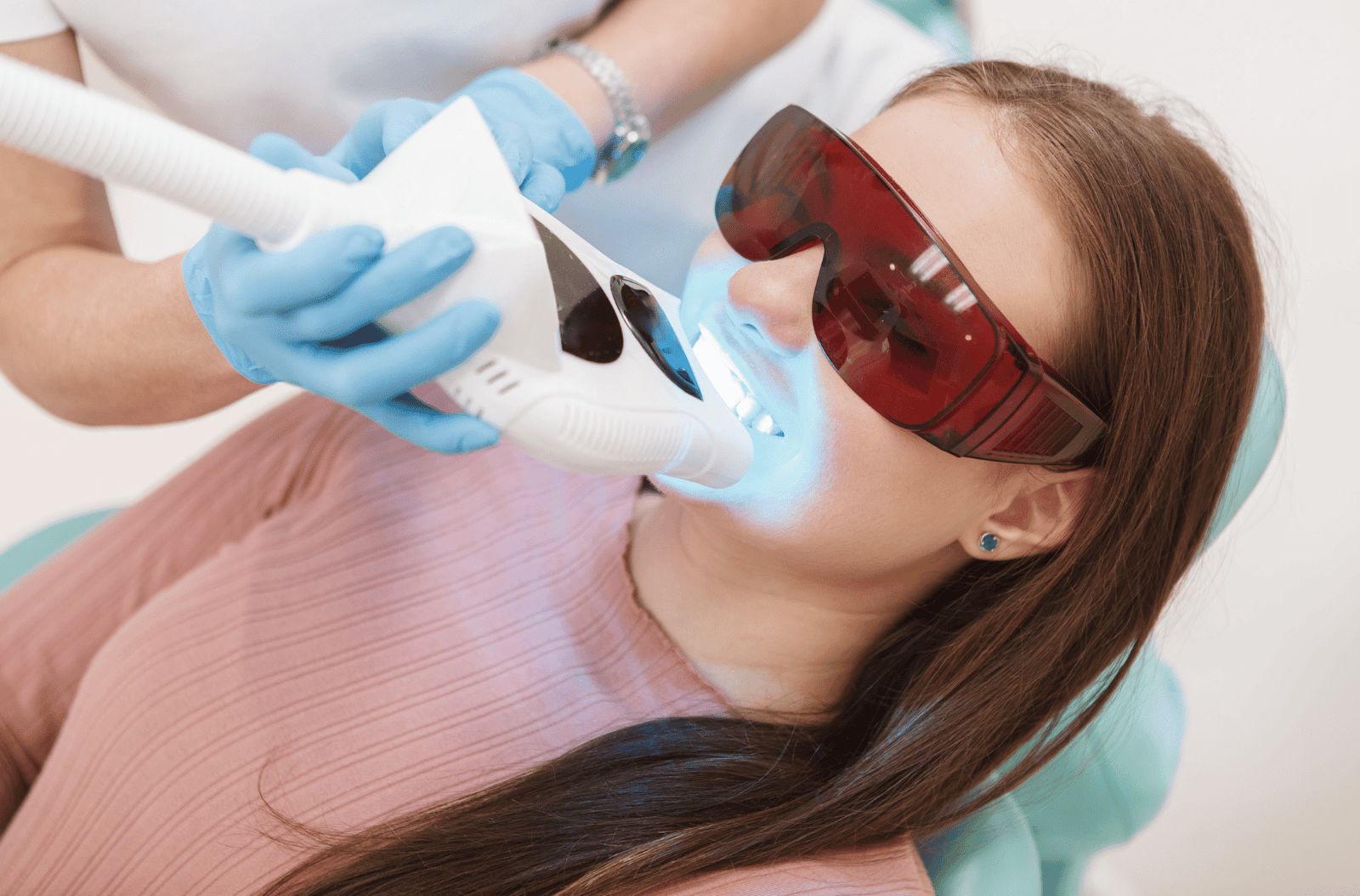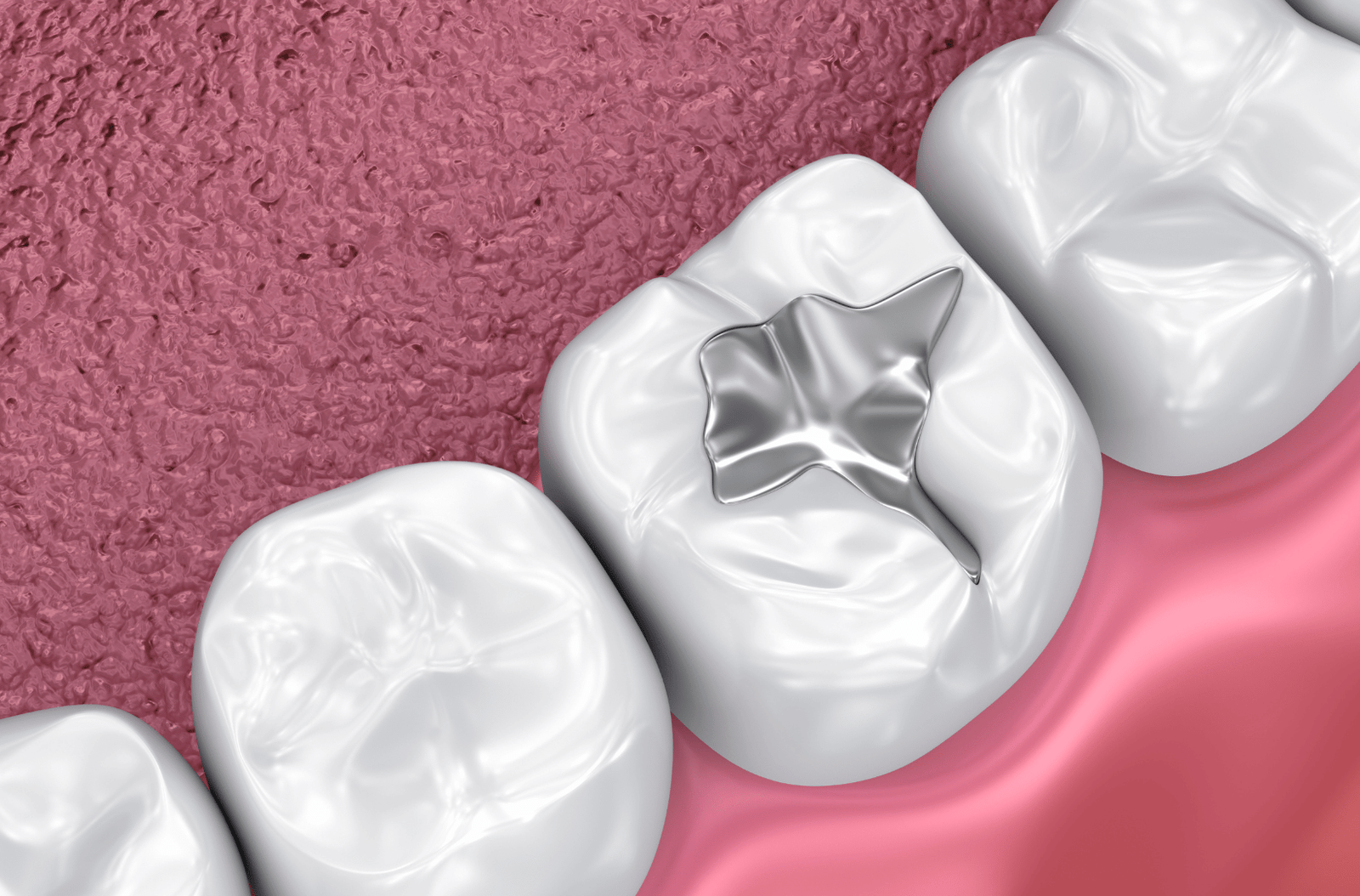Introduction
Having a bright, white smile can boost your confidence and leave a lasting impression on others. If you’re looking to enhance the whiteness of your teeth, there are several effective teeth-whitening methods available. In this article, we will explore the best teeth-whitening methods that can help you unlock your brightest smile. From professional treatments to at-home remedies, we’ll guide you through the options to help you achieve the dazzling smile you’ve always desired.
Table of Contents
- Understanding the Importance of Teeth Whitening
- Professional Teeth Whitening Treatments
- Dentist-Administered In-Office Whitening
- Take-Home Whitening Kits Provided by Dentists
- Over-the-Counter Teeth Whitening Products
- Whitening Toothpaste
- Whitening Strips
- Whitening Gels and Trays
- Natural Remedies for Teeth Whitening
- Oil Pulling
- Baking Soda Paste
- Hydrogen Peroxide Rinse
- Lifestyle Changes for Maintaining a Bright Smile
- Dietary Adjustments
- Proper Oral Hygiene Practices
- The Dos and Don’ts of Teeth Whitening
- Precautions and Safety Measures
- Common Mistakes to Avoid
- Conclusion
- FAQs
1. Understanding the Importance of Teeth Whitening
Before we dive into the different teeth whitening methods, it’s essential to understand why achieving a white smile is significant. A bright smile can enhance your overall appearance, boost your self-confidence, and make you feel more attractive. It can also leave a positive impression in personal and professional settings, increasing your chances of success.
2. Professional Teeth Whitening Treatments
When it comes to professional teeth whitening, there are two primary options: in-office whitening performed by dentists and take-home whitening kits provided by dentists.
Dentist-Administered In-Office Whitening
In-office whitening is a popular choice for individuals looking for immediate and highly effective results. During this procedure, a dental professional applies a whitening gel directly to your teeth and uses specialized equipment to activate the gel and accelerate the whitening process. In-office whitening can often provide noticeable results in just one session.
Take-Home Whitening Kits Provided by Dentists
Take-home whitening kits are another option offered by dentists. These kits typically consist of custom-fitted trays and a whitening gel. The trays are filled with the gel and worn for a specified amount of time each day, gradually whitening the teeth over a period of several weeks. This method allows for flexibility and convenience as you can whiten your teeth in the comfort of your own home.
3. Over-the-Counter Teeth Whitening Products
If you prefer a more cost-effective approach or want to maintain your results from professional treatments, over-the-counter teeth whitening products are widely available. Here are some popular options:
Whitening Toothpaste
Whitening toothpaste contains mild abrasives and polishing agents that help remove surface stains from the teeth. While they may not provide dramatic results, they can contribute to the overall whitening process and help maintain a brighter smile.
Whitening Strips
Whitening strips are thin, flexible strips coated with a peroxide-based whitening gel. They are applied directly to the teeth and left in place for a specific amount of time. Regular use of whitening strips can gradually lighten the shade of your teeth, but it may take a few weeks to see noticeable results.
Whitening Gels and Trays
Whitening gels and trays work similarly to the take-home kits provided by dentists. These products typically come with a mouth tray that you fill with the whitening gel and wear for a designated period. While not as customized as professional trays, they can still be effective in brightening your smile.
4. Natural Remedies for Teeth Whitening
If you prefer a more natural approach to teeth whitening, several home remedies can help brighten your smile. However, it’s important to note that natural remedies may not provide the same level of effectiveness as professional treatments or over-the-counter products. Here are a few options to consider:
Oil Pulling
Oil pulling involves swishing a tablespoon of oil, such as coconut or sesame oil, in your mouth for around 15-20 minutes. This ancient practice is believed to remove bacteria and plaque, contributing to a healthier and whiter smile.
Baking Soda Paste
Baking soda has mild abrasive properties that can help remove surface stains from the teeth. By mixing baking soda with water to form a paste and brushing your teeth with it, you may notice a gradual improvement in the whiteness of your smile.
Hydrogen Peroxide Rinse
Hydrogen peroxide is a common ingredient in many teeth-whitening products. By diluting hydrogen peroxide with water and using it as a mouth rinse, you can help eliminate surface stains and achieve a brighter smile. However, it’s crucial to follow the recommended guidelines and avoid swallowing the solution.
5. Lifestyle Changes for Maintaining a Bright Smile
Apart from teeth whitening methods, certain lifestyle changes can help you maintain a bright smile. Incorporate the following practices into your daily routine:
Dietary Adjustments
Limit the consumption of stain-causing foods and beverages such as coffee, tea, red wine, and berries. Additionally, include foods that promote dental health, such as crunchy fruits and vegetables, dairy products, and lean proteins.
Proper Oral Hygiene Practices
Brush your teeth at least twice a day with a whitening toothpaste and floss daily to remove plaque and prevent staining. Regular dental check-ups and professional cleanings are also crucial for maintaining a healthy and radiant smile.
6. The Dos and Don’ts of Teeth Whitening
To ensure a safe and effective teeth whitening experience, consider the following dos and don’ts:
Precautions and Safety Measures
- Consult with your dentist before starting any teeth whitening treatment to ensure it’s suitable for you.
- Follow the instructions provided with the whitening product carefully.
- Be aware of potential side effects such as tooth sensitivity and gum irritation.
- If you experience any adverse effects, discontinue use and consult your dentist.
Common Mistakes to Avoid
- Avoid excessive use of teeth whitening products, as it may lead to tooth sensitivity and damage.
- Do not rely solely on natural remedies for significant whitening results.
- Do not use whitening products on decayed teeth or sensitive areas without professional guidance.
7. Conclusion
Achieving a bright, white smile is within your reach with the wide range of teeth-whitening methods available. Whether you opt for professional treatments, over-the-counter products, or natural remedies, it’s important to choose the method that best suits your needs and consult with your dentist for guidance. By combining teeth whitening techniques with lifestyle changes and proper oral hygiene practices, you can unlock your brightest smile and radiate confidence.
FAQs
Q1: Are teeth whitening treatments safe? A1: When performed correctly and under professional guidance, teeth whitening treatments are generally safe. However, it’s essential to follow instructions and consult with your dentist to minimize the risk of adverse effects.
Q2: How long does it take to see results from teeth whitening? A2: The timeframe for results can vary depending on the method used. In-office treatments may provide immediate results, while at-home methods may take several weeks of regular use to achieve noticeable whitening.
Q3: Can teeth whitening products damage tooth enamel? A3: When used correctly, teeth whitening products should not damage tooth enamel. However, excessive or improper use can lead to tooth sensitivity and enamel erosion. It’s crucial to follow instructions and seek professional guidance if you have concerns.
Q4: Will teeth whitening work on all types of stains? A4: Teeth whitening is most effective for extrinsic stains caused by external factors such as food and beverages. Intrinsic stains, which occur within the tooth structure, may require additional dental procedures for significant improvement.
Q5: How long do teeth whitening results last? A5: The longevity of teeth whitening results depends on various factors, including your oral hygiene habits and dietary choices. With proper maintenance and regular touch-ups, you can prolong the effects of teeth whitening.


